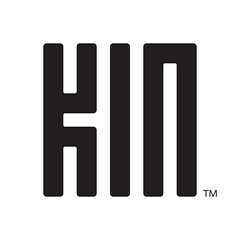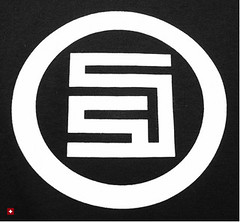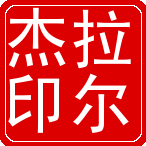My friend David asked me what I thought of the BlackBerry Playbook. I wanted to give my ideas time to percolate before jotting them down:
- Sack the marketers – what does ‘professional-grade’ mean in with regards to a BlackBerry Playbook tablet? It’s the kind of weak nebulous marketing speak like ‘leading’, ‘best-of-breed’ and ‘solutions provider’. I thought that we’d left all that back in the 20th century? Obviously the memo got dropped somewhere outside Waterloo, Ontario. Whilst we are on about flaunting its professional-grade awesomeness, why was there no idea of what the BlackBerry Playbook battery life would be? There wasn’t even the usual over-optimistic numbers that manufacturers try and spin – this looks shady
- The name – I know that business people like to use sporting analogies to try and imbue themselves with the kind of sporting prowess they have in fact lost as a desk jockey more used to putting away expense-paid lunches than points on the scoreboard; but BlackBerry PlayBook smacks more of of a kindergarden or Friday Night Lights, lineament, jock straps and sweaty changing rooms than the board room
- Sack the industrial designer – Whilst Darth Vader black may be hip in the losers end of the college dorm, maglite black might be hip for the career shopping mall security guard or 80s black may be an ironic design nod to black ash flat pack furniture; the packaging of the BlackBerry PlayBook didn’t impress me at all. Colour ironically could have been a great way to differentiate the design from the Apple iPad. How about differentiation through the tactile experience of the device? It would be nice to have a tablet that didn’t feel as slippery as a bar of soap in the shower
- Memories of the Palm Foleo – One of the most interesting aspects of the BlackBerry PlayBook was the tethering relationship with its older BlackBerry messaging device siblings. There seems to be a degree of integration BlackBerry applications as well, this reminded me of the Palm Foleo project that Ed Corrigan killed off some three years ago. I will be curious to know whether RIM would also allow carriers to pair the device with a 4G modem like Sprint have done for the iPad in the US, or if the PlayBook is a giant BlackBerry messaging device accessory? This subtle differentiation is key as on its own, positioning-wise, the PlayBook reminds me of a slightly larger version of Nokia’s N900 but with no keyboard or mobile connectivity – its a clumsy communicator device
- Finally an upgrade for my 3Com Audrey – back in 2000, I worked agencyside on the Palm account and some of my colleagues were working on 3Com. I was bricking myself because 3Com had their smarts together and partnered with a software company called QNX to create a hot new internet device. In comparison, Palm had some products that were ok electronic address books and a technology roadmap that you could have flossed your teeth with. Fortunately the 3Com industrial design team went for a kitchen appliance versus the Jetsons look and the 3Com Audrey became probably the most under-appreciated device in tech history. Move forward ten years and RIM has managed to capture the software goodness of QNX (with a polished front end) into a mobile device at last. Whilst the industrial design sucks, the underpinnings of QNX’ real-time OS is a geek wonder to behold. More gadget related content here.



